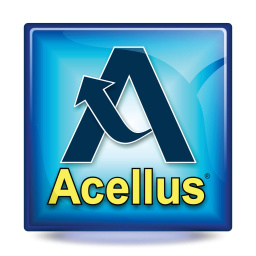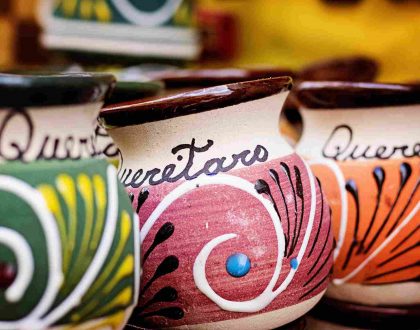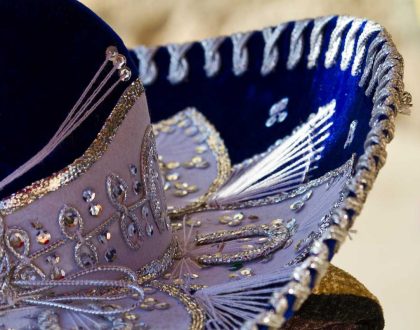Spanish I

Course Features
Course Details
Course Overview
Spanish 1 is a Novice Mid performance level class organized around themes and topics. In this class, students will learn basic vocabulary and grammar concepts. Additionally, students will gain cultural knowledge of Spanish speaking cultures around the globe. Students will learn to communicate with others and talk about a variety of topics such as leisure activities and hobbies, their classes and school life, their families, as well as parties they may plan for various holidays and important dates. This course has been A-G Approved through the University of California.
This Acellus course is taught by Acellus Course Instructor Emily Brown.
Sample Lesson - Numbers 11-20
Scope and Sequence
Unit 1 – Hola, Como Estas? The first unit in this course provides the basics, including how important the Spanish language is based on the percentage of people in the U.S. who speak it, as well as the countries where Spanish is spoken. Also presented are the Spanish alphabet, spelling, accents, and spelling with accents, cognates and false cognates, how gender affects punctuation, adjectives, and numbers, basic greetings, formal and informal pronouns, emotions and feelings, useful phrases such as “What is your name,” “What is your last name,” “Nice to meet you,” and “Where are you from?” It continues the basics with subject pronouns, the verb ser, farewells, numbers from 0-99 and multiples of 10, phone numbers, email, colors, and agreement and placement of colors. Unit 2 – Estar con los Amigos This unit introduces likes and dislikes, beginning with how to ask someone what they like or don’t like to eat and drink, as well as how to respond to these questions, how to tell someone what you like and what you don’t like, and how to use the verb gustar with verbs and with singular and plural nouns. The unit continues by presenting the days of the week and exploring free time activities such as sports, music, study, and hobbies. Also discussed are personality traits, including one’s own as well as those of others; physical characteristics, such as hair and eye color; words for referring to people; and words describing weather. Unit 3 – En la Escuela This unit discusses school and time, beginning with classes at school, which is followed by time with classes, telling time with whole numbers and with different hours, asking and providing the time, common time expressions, morning and afternoon/evening words, and ordinal numbers. The discussion continues with frequency, including using and responding to frequency expressions with and without activities. Common school phrases and classroom objects and how to speak casually about class are followed by discussions about location, including asking where someone is going, describing where you are, common locations at school, as well as asking where objects are located, and how to explain where objects or places are. The unit also covers how to conjugate verbs ending in –ar, the words ir and estar, and the expression tener + que. Unit 4 – La comida y la familia This unit explores how to talk about food and family, beginning with beverages and dessert, lunch, dinner, and international foods. Next talking about comforts and discomforts are covered, followed by using verbs when speaking about meals, how to ask someone what they eat for different meals, how to tell someone what you eat for specific meals, and common gastronomic verbs. Next is asking about and expressing food and drink preferences, important phrases, and interrogative vocabulary. Following this we turn to the family, learning to describe immediate family members and extended family members, how to ask and express how many people are in a family, how to compare ages, ask someone’s age, and express one’s age. Also discussed are how to talk about the months, how to ask someone when their birthday is and tell someone yours, and how to ask and express today’s date. Also covered are conjugating –er/-ir verbs and interrogative vocabulary. The unit finishes with a discussion of family celebrations, family traditions, and how to ask who is coming to a specific celebration. Unit 5 – En la Ciudad This unit focuses on conversations that would occur in connection with a city. It begins with common locations within a city, understanding directions, events that occur in a city, public transportation and talking about going shopping. Next we discuss the verbs saber and conocer, and using ir + a + infinitive. The unit continues with how to ask someone’s plans and express one’s own plans, followed by using preterit tense, asking about or describing weekend activities, how to speak about cold- or warm-weather clothing, formal event-wear, and weather seasons. Also covered are expressing discomforts such as being hot or cold, asking or expressing an item’s cost, stem-changing verbs in the present tense, how to express preferences, describing clothing’s fit, vocabulary in a restaurant, speaking about dinner, ordering food in a restaurant, and the verbs pedir, server, and almorzar. The unit concludes with how to ask what someone is having for lunch and to express what one is having for lunch. Unit 6 – En la Casa This unit focuses on the home, or house. First discussed are types of housing, parts of a house, and how to move around in a house. Next parts of a kitchen are covered, followed by household items in the bedroom and the TV room, as well as electronics that would be found in a house. Also explored is the verb hay, followed by practice identifying items in a house, how to speak about household chores, including the preterit tense, the verb necesitar, and asking someone what they need to do. Planning a party is next discussed, followed by talking about what is happening at a party, verbs for planning a party, using preterit tense when planning a party, and the verbs ser and estar. This course was developed by the International Academy of Science.
Learn More
This course was developed by the International Academy of Science.
Learn More
This course does not have any sections.





